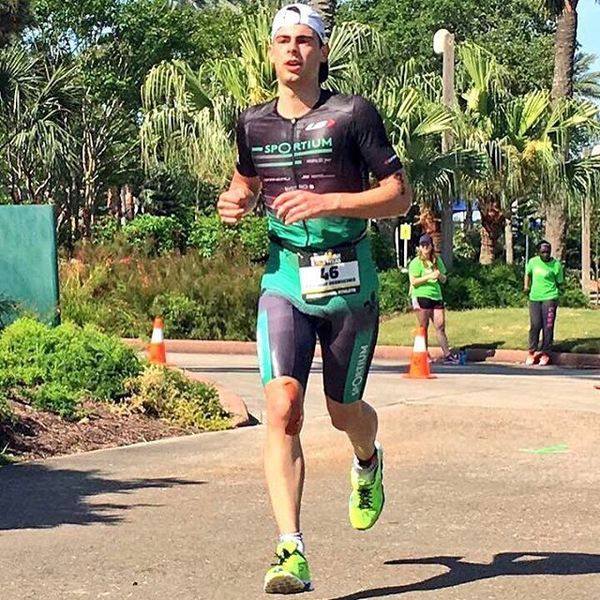Antoine Jolicoeur Desroches: Finding my ideal body composition

There’s no doubt about it, the weight you carry around affects your performance, either positively or negatively. We hear a lot about watts per kilogram in cycling and this reflects the impact of your weight and your cycling performance. If you can get the right balance of power compared to your weight you’ll go faster. Plain and simple! Well not that simple… Your watts/kg will have a much higher impact on your performance when you are climbing a hill (due to the gravity) compared to on a flat road. This is why climbers are much (much much) lighter than time-trialists and cyclists who specialize in spring classics.
In running, lighter usually means faster. Just look at the fastest marathoners! This is not to say that you just have to lose some weight to run faster, but if you have an extra few pounds, losing a few pounds would probably help. In swimming, however, having a higher fat percentage can actually help due to the buoyancy. Indeed, fat has a lower density than water, compared to muscles and bones, which have a higher density.
So what is the ideal body composition of a triathlete? Should we be as lean as runners or have a bit more fat like swimmers? This is really tricky and there is not a typical triathlete shape or body composition. Some are tall and lean like marathoners, whereas some are a lot muscular and some have a slightly higher fat percentage. There’s also some variations between ITU athletes and Ironman athletes.
Since last year I’ve gained a few pounds and wanted to have an idea of my fat percentage in order to lose some weight smartly. I want to lose some fat but not lose muscle mass, especially not any muscle mass from my legs (I want to bike and run fast!). Patrick Martin, the nutrition specialist at phyto nutrition, measured my body fat using a caliper as well as bioelectrical impedance analysis (BIA). BIA measures your body’s resistance to an electrical current. Since muscle is great at conducting electricity compared to fat (because it contains lots of water), BIA measures your fat percentage. My fat percentage was 9.7 %, which is slightly higher than my goal race fat percentage. Patrick will measure my fat percentage again in a few weeks, before the racing season, to determine if I made some improvements. In the following video, Patrick and I give more details about the fat percentage determination process. You can also listen to my conversation with Patrick on TheNowPodcast during which we also talk about veganism and intermittent fasting.
https://soundcloud.com/nutritionofwinners/fasting-veganism-and-fat
